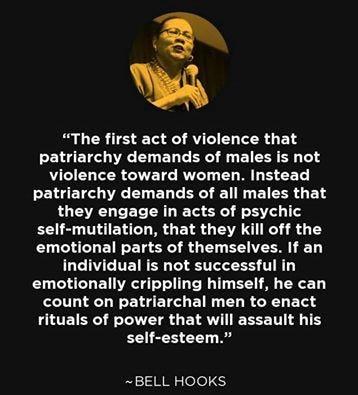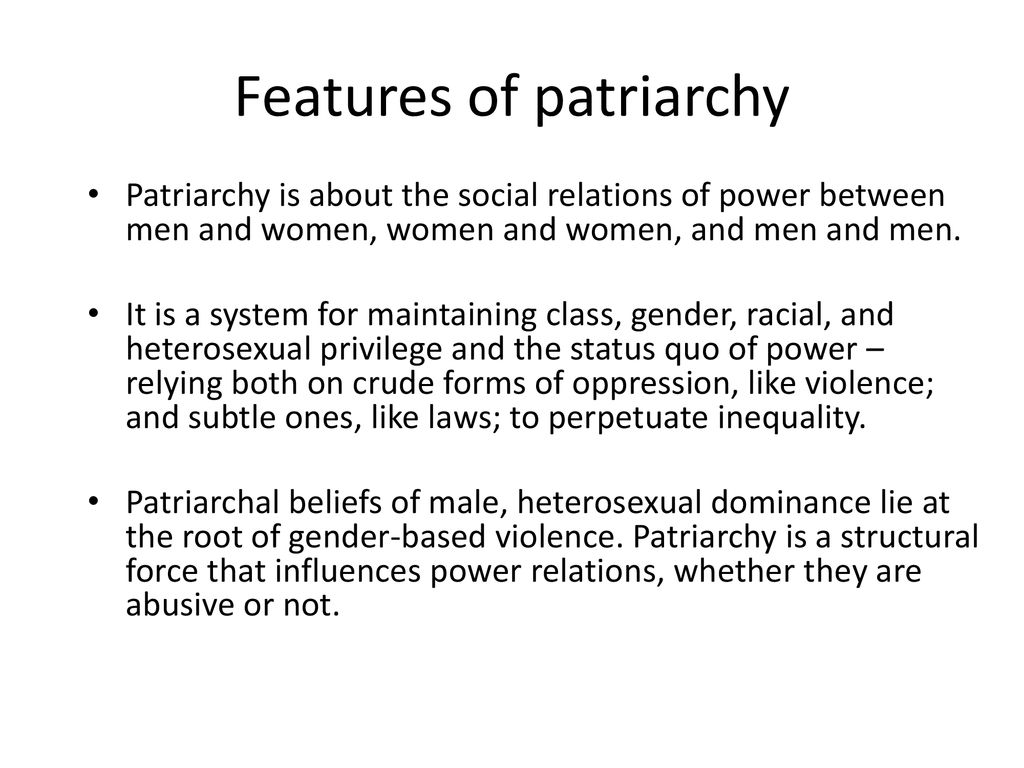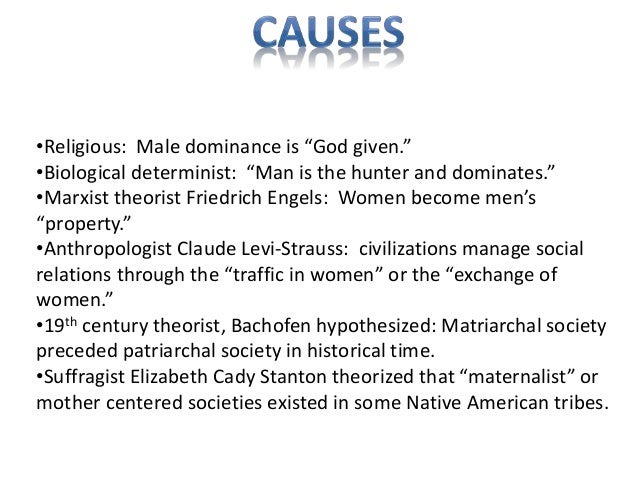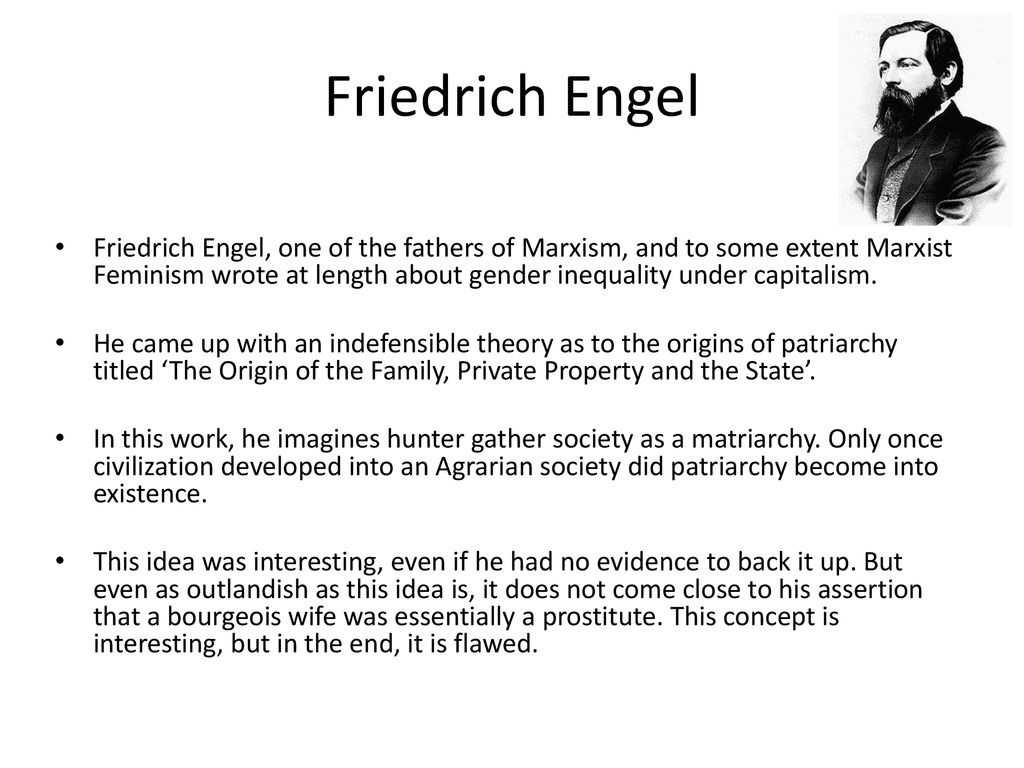‘How to control your woman’ Patriarchy and power: how socialisation underpins abusive behaviour
Relevance:
Sociology: Paper I: Systems of Kinship: Patriarchy and sexual division of labour
Sociology paper II: Violence against women.
G.S paper I: Society and social issues

Context:
The study looked at Google searches in the US that was focused on six areas of interest–precarity and insecurity, despondency and helplessness, indicative male violence, and intentional male violence
Why in news?
Several surveys have shown a spike in domestic abuse cases amid the COVID-19 pandemic, with gender violence reaching an all-time. The same has been corroborated by a recent study that found that people even Googled similar topics in 2020.
As per the study, the results showed a spike from 31 to 106 per cent in 2020.
- “How to control your woman” and “how to hit a woman so no one knows” were each googled 165 million times.
- Male violence was indicated in many search results. “He will kill me” was Googled 107 million times, “he beats me up” was searched 320 million times. Besides, “help me, he won’t leave” was googled 1.22 billion times.
- “Each one of these ‘rounded’ numbers results from a person in putting these search terms into the web engine.
- These figures are presented in full form because I did not want to lessen the visual impact of each individual entry into the search engine.
- Hundreds of millions of people are looking online for help and I wanted to reflect this COVID-19 reality.
Detailed Analysis
- Coercive control is a very particular kind of domestic abuse.
- It’s not a “reaction” to stress, nor is it triggered by alcohol or drugs.
- It’s an ongoing system of control, in which the abusive partner seeks to override their partner’s autonomy and destroy their sense of self.
- The end game – whether the perpetrator knowingly sets out to achieve it – is to make their partner entirely subordinate; a “willing slave”.

It’s the total mental dislocation of coercive control – which Amnesty International has classified as torture – that is the hardest thing to recover from.
- Many women don’t know they are experiencing abuse until they are already in situations that are incredibly dangerous – partly because coercive control is so poorly understood, but also because the perpetrator makes it invisible.
- By the time victims realise the danger they’re in, many believe no system will ever be powerful enough to keep them safe. If they do report to police – if something reportable actually occurs – they are making a terrifying gamble.
Will they get an officer who’s sympathetic and proactive? Will reporting their partner make him more dangerous?
What if child protection gets involved? What if he contests for custody?
- There are absolutely no guarantees that they (or their children) will be protected.
- Their suspicion that the system is not powerful enough to protect them is too often correct.
- The justice system is not only full of holes; too often it actively colludes with the perpetrator (especially the family law system).
- So they stay, even after they want to leave, and know it’s dangerous. They stay because it may be even more dangerous to leave.
- Until the justice system properly assesses and responds to risk, and as long as women are made to be responsible for their own safety, we will continue to see an intractable domestic homicide rate.

How do some men come to feel so entitled to their power over women?
- Thousands of years of patriarchy has laid pretty good groundwork for this – and it’s not so long since a wife was considered her husband’s property, and had no legal rights whatsoever.
- It was only in the 1980s that new laws against marital rape recognised that men didn’t have the right to demand sex with their wives anytime they wanted; prior to that, consent was considered to have been given on the wedding day and never revoked.
- Today, we still live in a society that entrenches women’s subordination at every level – from the home, to the boardroom, to our parliament. Even in the courtroom, as we see so often.
- As the Harvard psychiatrist Judith Herman writes: “The legal system is designed to protect men from the superior power of the state but not to protect women or children from the superior power of men.” I’m sure any survivor reading this will know exactly what she’s talking about.
Men don’t abuse women because society tells them it’s OK. Men abuse women because society tells them they are entitled to be in control.
- In fact, society says that if they are not in control, they won’t succeed – they won’t get the girl, they won’t get the money, and they will be vulnerable to the violence and control of other men.
- It says that if they fail to assert themselves like “real men”, they will end up poor and alone.
- But we don’t just see men being entitled to power over their partners; some women identify with this, too.
- That’s because “having power over” is valued within patriarchy – much more for men than it is for women – but nevertheless, it is regarded generally as a sign of strength to claim power over others.
SOCIOLOGICAL CONCEPT

Origins of the Concept

- Ideas of male dominance have a very long history, with many religions presenting it as natural and necessary.
- The first theoretical account of patriarchy is found in Engels theory of women’s subservience under capitalism.
- He argued that capitalism resulted in power being concentrated in the hands of fewer people which intensified the oppression of women as men passed on their wealth to their male heirs.
- The main source of patriarchal theory stems from Feminism, which developed the concept in the 1960s, highlighting how the public-private divide and the norm of women being confined to the domestic sphere was the main source of male dominance and female oppression, highlighted by the famous Feminist slogan ‘the personal is the political’.

Subsequent Feminist theory and research explored how
Today, there is much disagreement over the concepts usefulness within the various different Feminist traditions (for the purposes of A-level sociology, typically divided up into Liberal, Marxist, Radical).
Meaning and Interpretation
- The concept of Patriarchy forms the basis for radical forms of Feminism which has focused on how Patriarchy is reproduced in many different ways such as male violence against women, stereotypical representations in the media and even everyday sexism.
- Sylvia Walby re-conceptualized Patriarchy in the 1990s, arguing that the concept failed to take account of increasing gender equality, but that it should still remain central to Feminist analysis, suggesting that there are six structures of patriarchy: Paid Work, Household Production, Culture, Sexuality, Violence and the State.
Walby also argued that analysis should distinguish between public and private forms of patriarchy.
Critical Points
The concept of patriarchy has been criticized from both outside and within Feminism.
The concept itself has been criticized as being too abstract: it is difficult to pin it down and find specific mechanisms through which it operates.
Many Feminists argue that Patriarchy exists in all cultures, and thus the concept itself is too general to be useful, as it fails to take account of how other factors such as class and ethnicity combine to oppress different women in different ways.

For more such notes, Articles, News & Views Join our Telegram Channel.


Horrified by those google search statistics. Could you source them please.
They are an important conceptual tool to help women of today understand their vulnerability in partnership.